The best time to tour Vietnam overall is from November to April, when the weather is mostly dry and cool across all three regions. However, each destination shines in different seasons, so we’re here to help.
This comprehensive weather guide breaks down what to expect in Vietnam's most popular travel destinations by region - North, Central, and South - so you can pack right for your Vietnam tours and travel smart.

Northern Vietnam goes through four clearly defined seasons: spring, summer, autumn, and winter. This region can get surprisingly cold in the winter and hot and humid in the summer.
The capital city, Hanoi, sees cool and dry winters from December to February and hot, humid summers from May to August. Spring (March-April) and autumn (October-November) offer the most pleasant weather, with mild temperatures and less rainfall, ideal for sightseeing around the Old Quarter, museums, and lakes.
- Best time to visit: March to April and October to November
- Avoid if possible: June to August (hot, humid, frequent downpours)
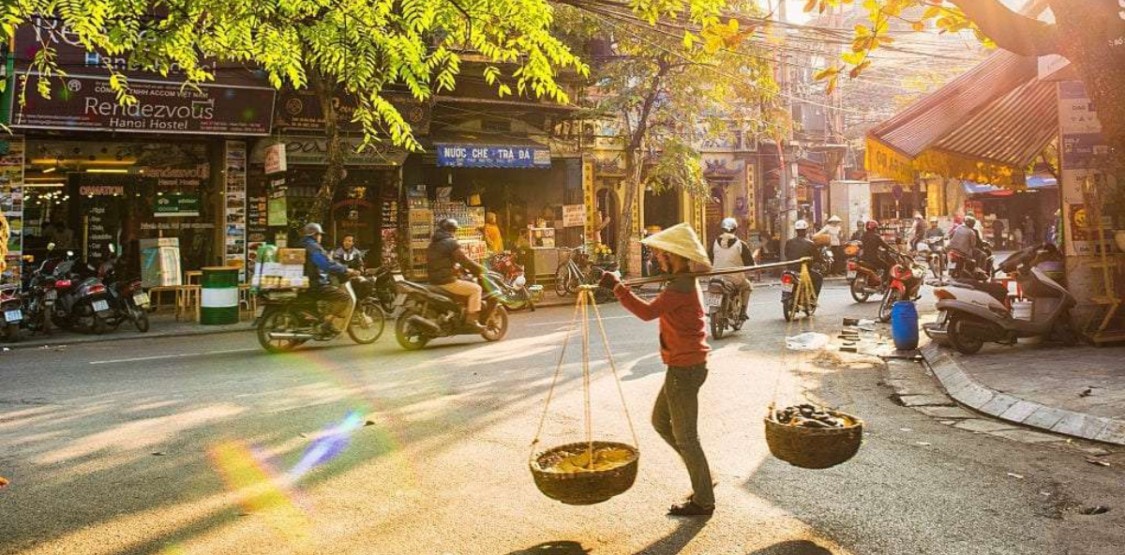
Located along the northeastern coast, Halong Bay shares Hanoi’s climate but is more prone to mist and fog in the winter months. Summer (June-September) is the rainy season and brings the risk of tropical storms, which may affect Halong Bay cruises.
- Best time to visit: February to May and October to November
- Off-season note: December to January can be cool and foggy, with limited visibility.
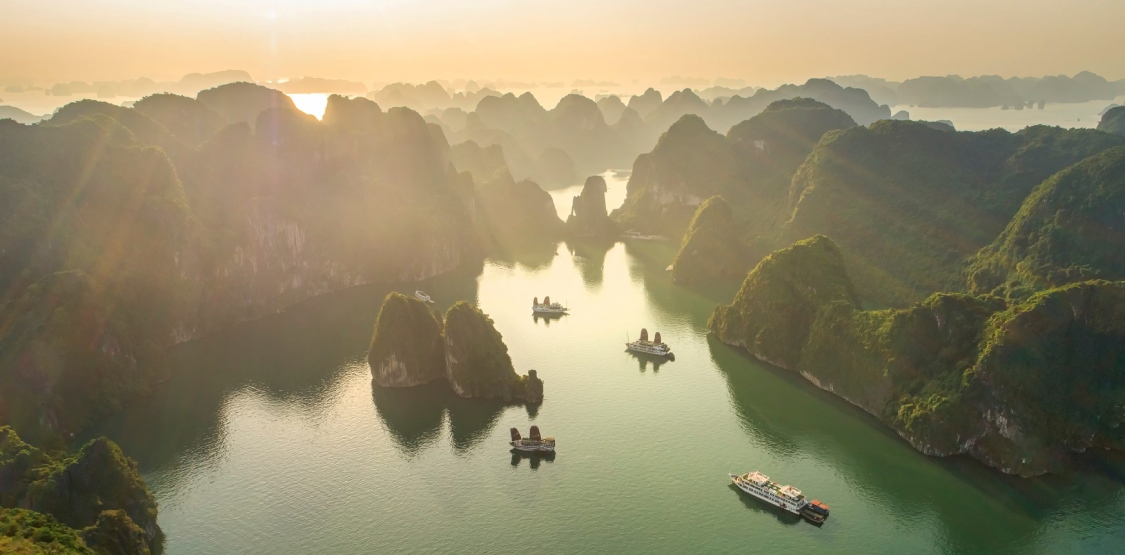
Situated in the northern highlands, Sapa enjoys a subtropical highland climate, meaning cooler temperatures year-round. Summers are warm and wet, while winters can be cold, sometimes even snowy.
- Best time to visit: March to May and September to November, when the rice terraces are lush and the skies are clearer.
- Avoid if possible: June to August (heavy rain and risk of landslides)
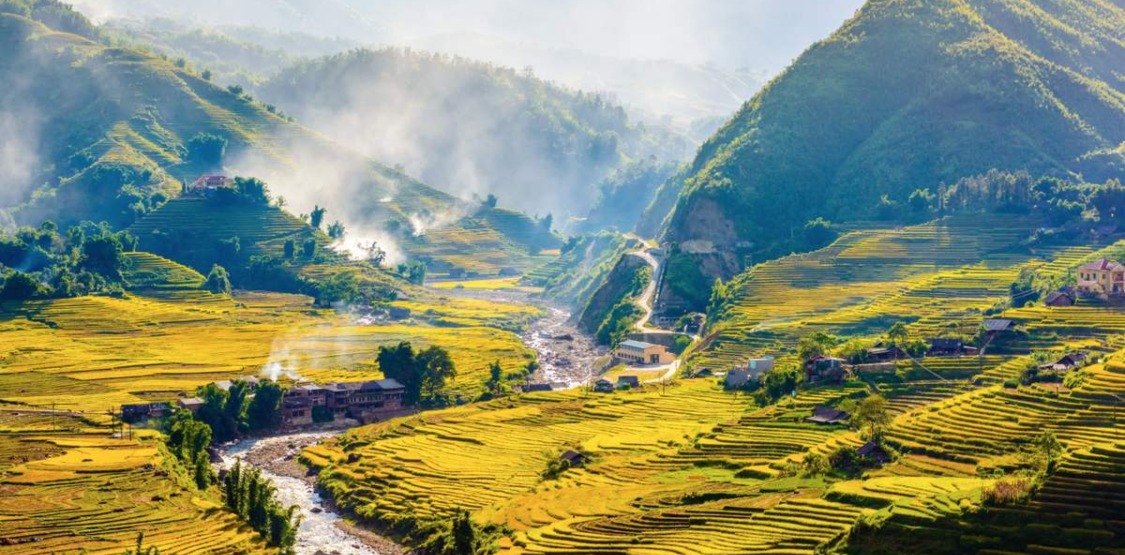
Central Vietnam has a distinct dry and wet season, with the dry season from February to August and the wet season from September to January. This region is also most affected by typhoons.
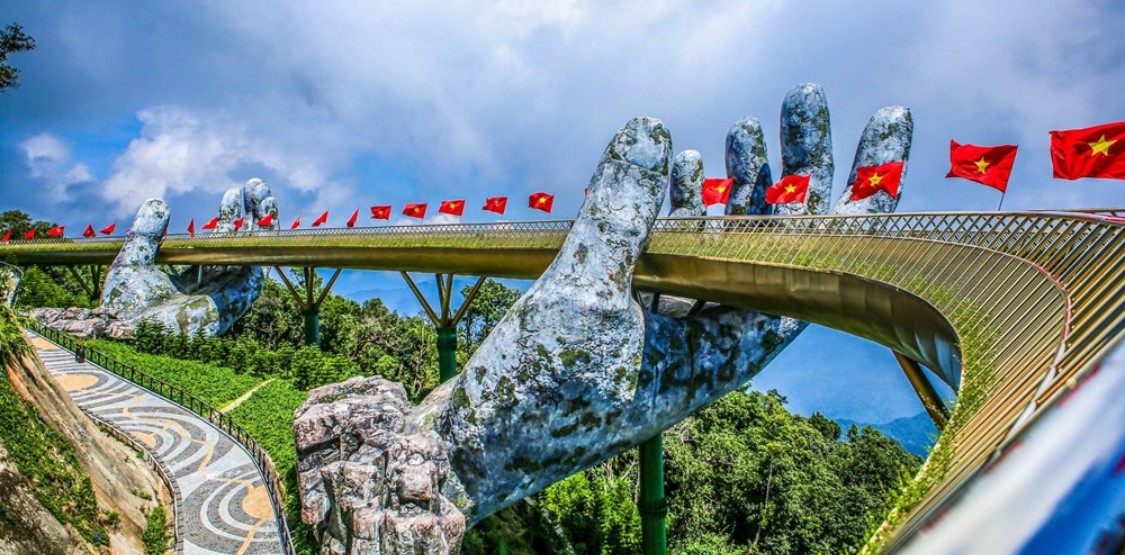
These two coastal cities experience sunny and hot weather from February to August, making it ideal for beachgoers. From September to November, heavy rains and occasional typhoons can disrupt travel plans.
- Best time to visit: February to May (pleasant temperatures and clear skies)
- Avoid if possible: September to November (typhoon season)
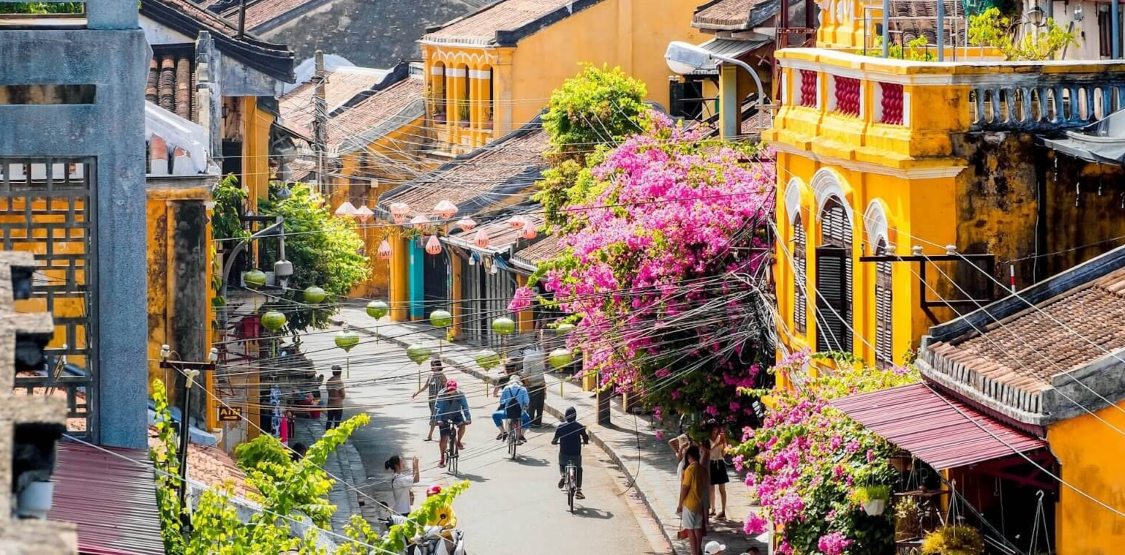
Hue, the ancient imperial capital, receives more rainfall than Da Nang or Hoi An, especially during its extended wet season (September to January). However, the dry season (February to August) is perfect for exploring historical sites and tombs.
- Best time to visit: February to May
- Off-season tip: If visiting in late fall, pack waterproof gear and expect showers.
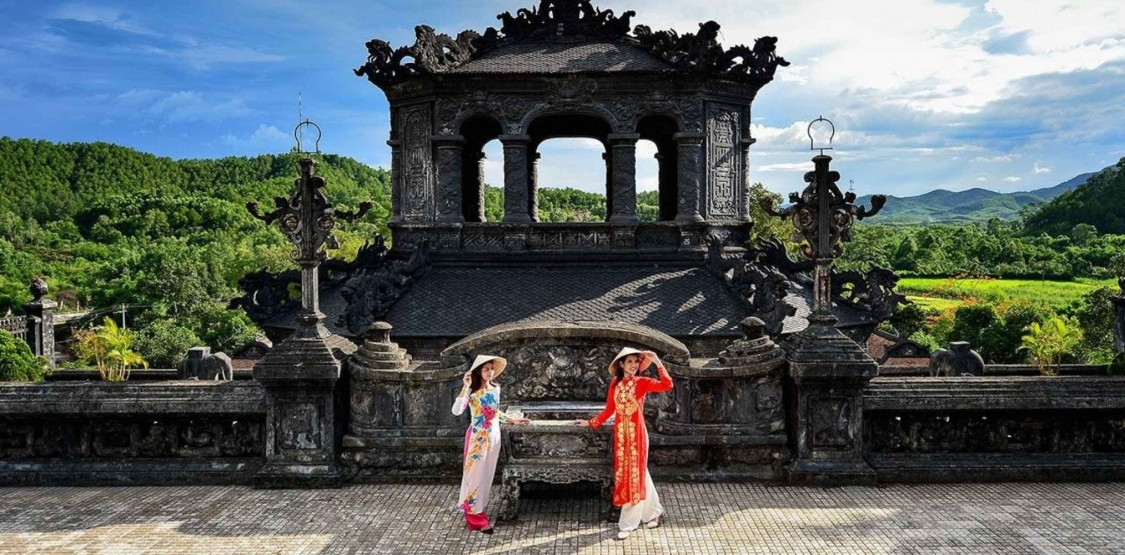
Nha Trang’s weather is different from the rest of Central Vietnam. It has a long dry season from January to August, making it one of Vietnam’s best beach destinations. Rain peaks in October and November.
- Best time to visit: January to August
- Avoid if possible: October to November (short but intense rainy season)
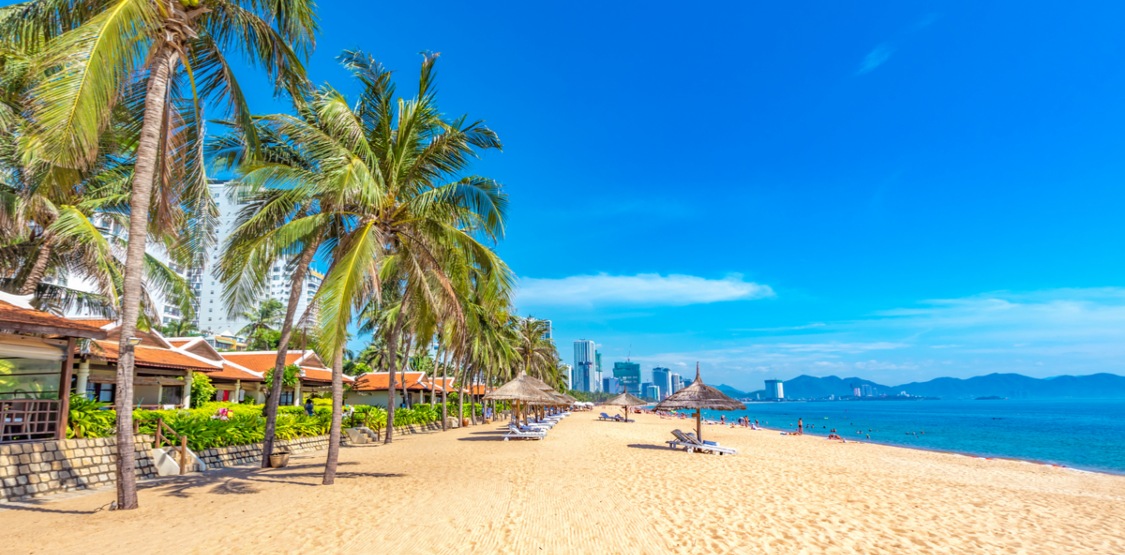
Da Lat, located in the Central Highlands, offers a refreshing escape from the tropical heat. It has a cooler, temperate climate year-round and is known for its misty valleys, pine forests, and flower gardens.
The dry season runs from November to March, while the wet season spans from April to October. Even during the rainy months, showers often come in the afternoon and don’t last all day.
- Best time to visit: November to March for dry, cool weather
- Avoid if possible: June to August if you dislike frequent rain
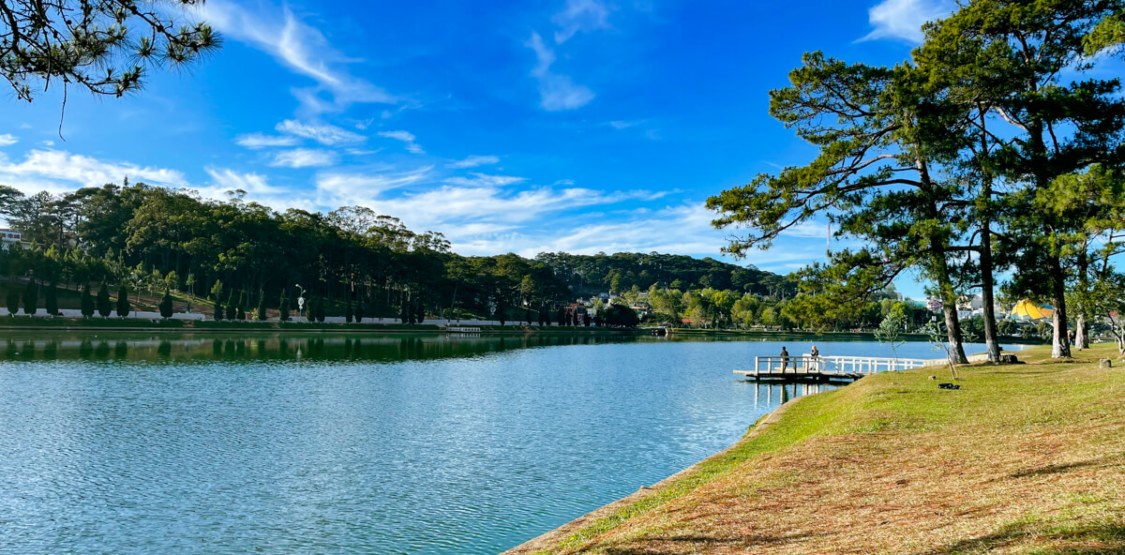
Southern Vietnam has a tropical monsoon climate, with just two main seasons: dry (December to April) and wet (May to November). It remains warm or hot throughout the year.
The city experiences high temperatures and humidity, especially during the rainy season (May to November). The dry season from December to April offers sunny days and clearer skies, perfect for exploring the city, its museums, and vibrant street food culture.
- Best time to visit: December to April
- Wet season tip: Rain often comes in short, heavy bursts, usually in the afternoon.
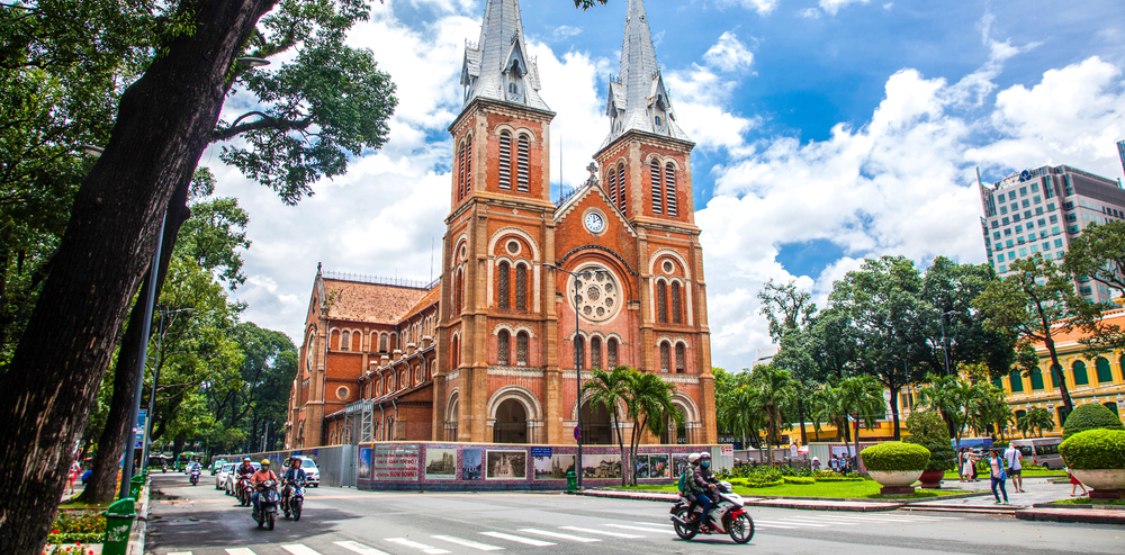
Like Saigon, the Mekong Delta is best visited during the dry season. The region’s rivers, floating markets, and lush rice paddies are easier to explore when there’s less flooding.
- Best time to visit: December to April
- Avoid if possible: September to November (flooding risk)
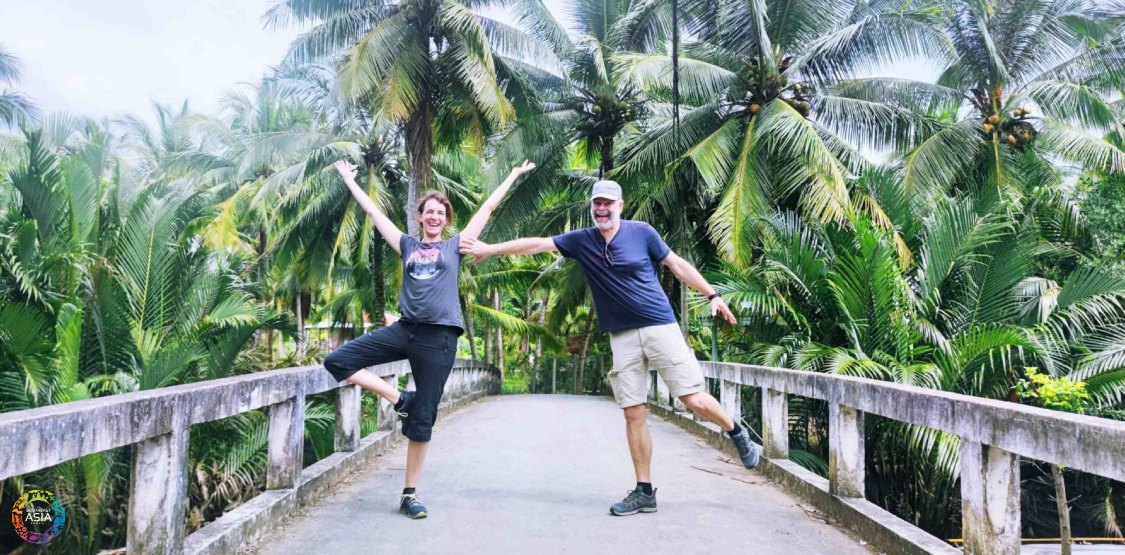
Phu Quoc has a classic tropical beach climate. The dry season from November to April is ideal for sunbathing, snorkeling, and island hopping. The wet season, particularly July to September, brings rough seas and heavy rains.
- Best time to visit: November to April
- Avoid if possible: July to September (monsoons, poor sea conditions)
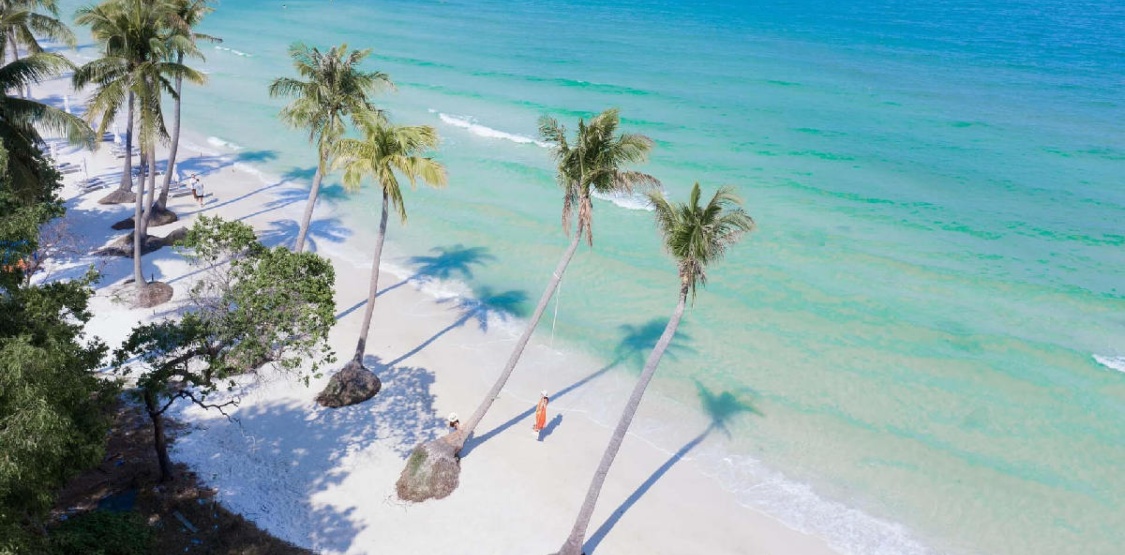
January - March: Excellent weather across most regions (dry and cool in the north; sunny in the south).
April - May: Warmer with more humidity; good for central beaches; end of dry season in the south.
June - August: Hot and rainy in the north and south; good for beach destinations like Nha Trang.
September - October: Rainy season in central and southern regions; good time for Sapa or northern Vietnam.
November - December: Best time for southern Vietnam and Phu Quoc; northern regions are cooler.
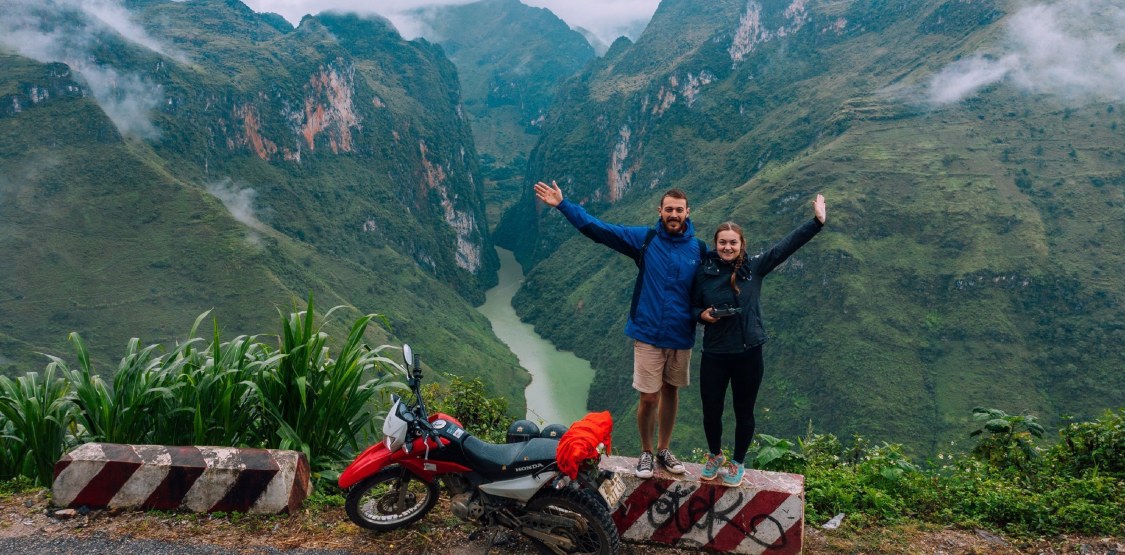
The dry/cooler/more temperate months generally correspond with higher tourist volumes. If you prefer fewer crowds and don’t mind occasional rain, consider visiting in shoulder seasons (just before or after the peak).
Because weather can change significantly, especially if you're traveling across regions, carry a light rain jacket, layers for cooler evenings (especially in the north or highlands), sun protection, and good walking shoes.
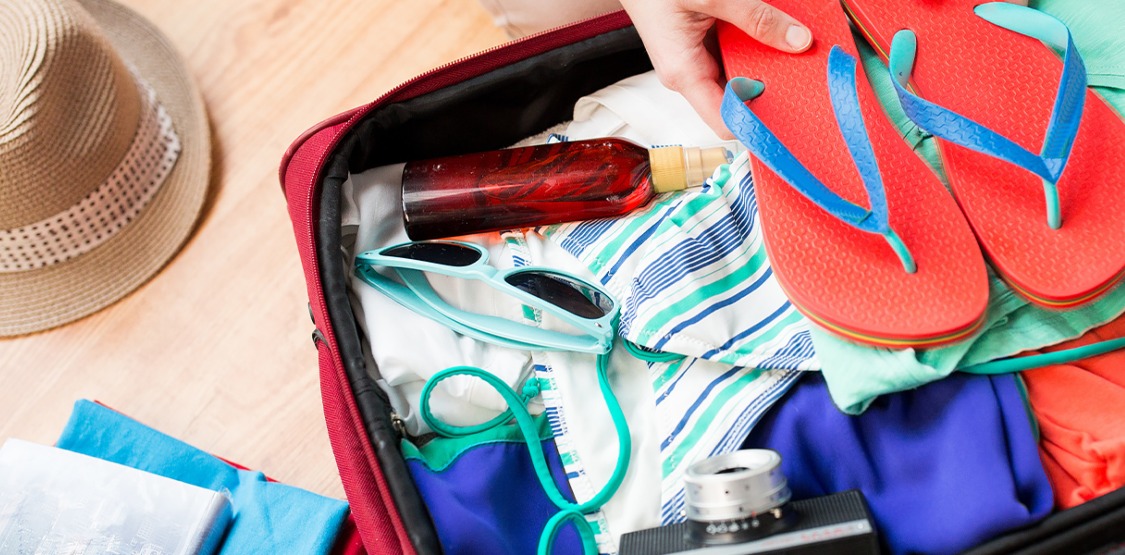
North and Central Vietnam can be affected by tropical storms/typhoons especially between August and September. Always check weather alerts if visiting then.
If your itinerary includes islands, snorkeling, diving, or cruises (e.g., Halong Bay, Phu Quoc, Nha Trang), make sure to check sea/weather conditions. Rain, wind, or storms can disrupt or cancel boat activities.
Some months are more than just about weather; festivals (like Tet / Lunar New Year) and natural phenomena (flower blooms, rice harvests) can affect when you might want to travel. These often align with certain seasons.

Vietnam’s weather is as diverse as its landscapes and culture, and with the right planning, you can enjoy Vietnam’s beauty in any season. From cruising through Halong Bay to exploring the bustling streets of Ho Chi Minh City, there’s a perfect time to visit each destination, depending on your interests and climate preferences.
If you need more information about the best time to visit Vietnam to plan your trip, feel free to contact our Vietnam tours experts, and we’ll be happy to design a customized itinerary just for you.

Beyond breathtaking landscapes and vibrant culture, Vietnam is famous for its rich tradition of handicrafts that have been passed down through generations.
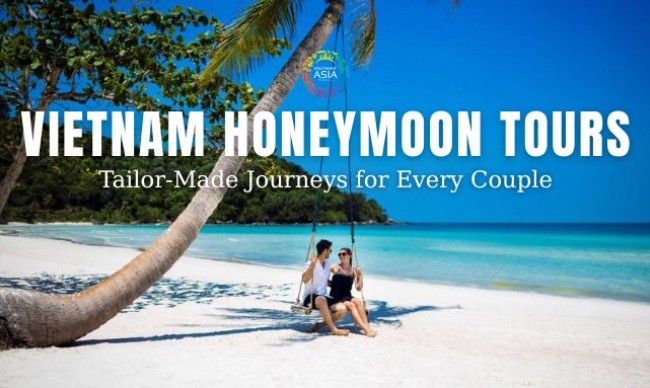
Vietnam is a dreamland for couples seeking romance, adventure, and unforgettable cultural experiences.

The Mekong Delta, popularly known as the “rice bowl of Vietnam,” is a fascinating region of lush waterways, floating markets, and timeless rural charm.

Vietnam is one of Southeast Asia’s most enchanting family-friendly destinations, where history, culture, nature, and relaxation come together in harmony.

The Mid-Autumn Festival in Vietnam, locally known as “Tết Trung Thu”, is one of the country’s most cherished cultural celebrations.

Vietnam is a captivating country known for its stunning landscapes, rich history, and warm hospitality.
Please kindly send us your ideas about the tours: destinations, attractions, your group, hotel class... we will get back to you with details & best offers quickly. Surely, you will feel satisfactory!